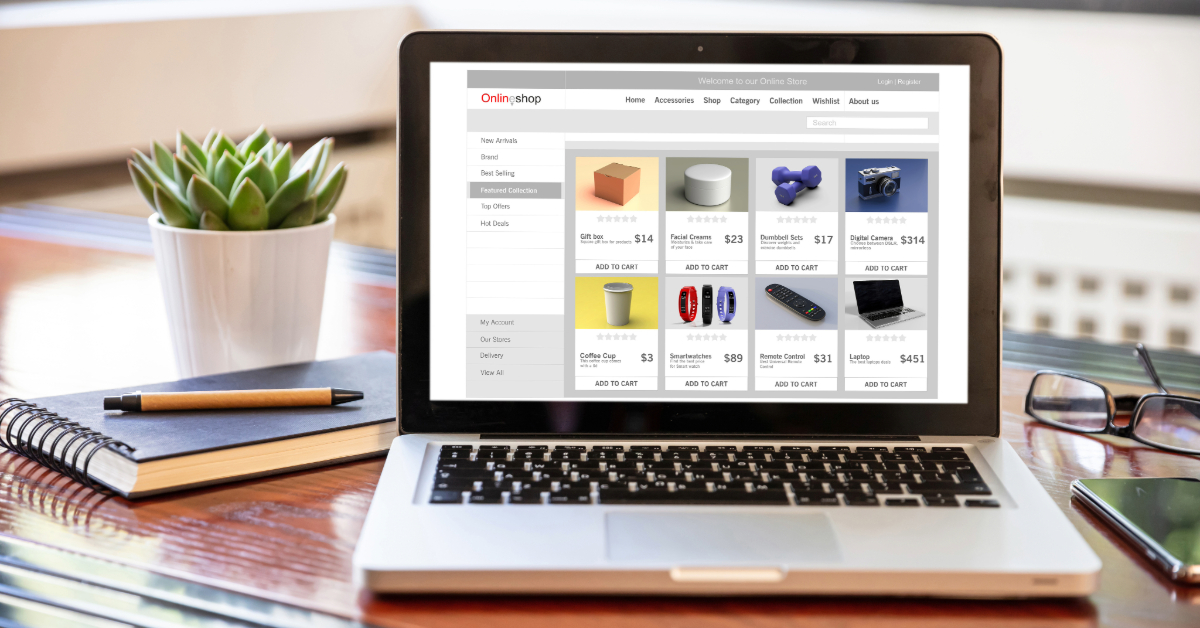In today’s digital age, launching a Shopify store opens up a world of opportunities in the realm of ecommerce.
With the right approach and preparation, you can embark on an exciting journey towards building a successful online business. Whether you’re a seasoned entrepreneur or just starting out, this in-depth guide will walk you through the essential steps to establish and grow your Shopify store in 2025.
Key Takeaways
- Before launching your Shopify store, do market research to find your niche, identify your target audience, and analyze your competition.
- Create a strong brand identity with a memorable name, logo, color scheme, and tone of voice that resonates with your target customers.
- Set up your Shopify store by choosing a theme, customizing your design, adding products, setting up payment and shipping options, and optimizing for search engines.
- Drive traffic to your store through social media marketing, influencer partnerships, paid advertising, email marketing, and content marketing.
- Provide excellent customer service, offer promotions and discounts, and continuously test and optimize your store to improve conversions and sales.
- Stay organized, set goals, and track your progress using Shopify’s analytics and reporting tools to make data-driven decisions for your business.
Laying the Groundwork:
1. Refine Your Business Idea:
Before diving into the Shopify platform, take the time to refine your business idea. Identify a niche market and assess the demand for your products or services through thorough market research.
2. Know Your Target Audience:
Understanding your target audience is key to tailoring your store to meet their needs. Develop buyer personas to gain insights into their preferences, behaviors, and pain points. For example if you are planning to run a rac n roll privacy curtains store using shopify, you must be aware of your target audience.
3. Solidify Your Brand Identity:
Craft a unique brand identity that reflects the essence of your business. This includes choosing a memorable brand name, designing a captivating logo, and defining your brand messaging.
Building Your Shopify Store:
4. Set Up Your Shopify Account:
Start by signing up for a free trial on Shopify’s website. This grants you access to the platform’s features and functionalities, allowing you to familiarize yourself with its interface.
5. Choose a Plan:
Select a Shopify pricing plan that aligns with your store’s requirements and budget. Consider factors such as transaction fees, access to advanced features, and scalability options.
6. Pick a Catchy Domain Name:
Your domain name serves as your store’s online address. Opt for a domain name that is easy to remember, relevant to your brand, and reflects your business identity.
Designing and Stocking Your Store:
7. Select a Theme:
Choose a Shopify theme that complements your brand aesthetic and provides a seamless user experience. Customization options allow you to personalize your store’s design to align with your brand identity.
8. Add High-Quality Product Photos:
Invest in professional product photography to showcase your offerings in the best possible light. High-quality images enhance the visual appeal of your store and entice customers to make purchases.
9. Write Detailed Product Descriptions:
Craft compelling product descriptions that highlight the features, benefits, and unique selling points of each item. Clear and informative descriptions aid customers in making informed purchasing decisions.
10. Organize Products into Collections:
Create product collections to streamline navigation and enhance the browsing experience for customers. Organizing products into categories makes it easier for shoppers to find what they’re looking for.
Getting Ready for Launch:
11. Set Up Payment Gateways:
Enable secure payment processing by integrating popular payment gateways such as PayPal and Stripe. Offer multiple payment options to accommodate diverse customer preferences.
12. Configure Shipping Rates:
Define your shipping strategy and set up shipping zones and rates accordingly. Provide transparent shipping costs to customers and offer incentives such as free shipping for qualifying orders.
13. Create Essential Pages:
Establish credibility and trust with customers by including essential pages such as About Us, Contact Us, FAQs, and a clear Refund Policy. Transparent communication builds confidence in your brand.
14. Test Your Store Thoroughly:
Conduct comprehensive testing to ensure that all aspects of your store function smoothly. Test the checkout process, navigation, and responsiveness across different devices to deliver a seamless user experience.
Launching and Beyond:
15. Promote Your Store:
Implement a multi-channel marketing strategy to drive traffic to your Shopify store. Leverage social media, email marketing, SEO, and influencer collaborations to expand your reach and attract potential customers.
16. Analyze and Optimize:
Monitor your store’s performance using Shopify analytics to gain insights into customer behavior, sales trends, and marketing effectiveness. Use data-driven insights to optimize your strategies and improve overall performance.
Bonus Tips:
17. Consider Dropshipping:
Explore the option of dropshipping to streamline inventory management and reduce upfront costs. Dropshipping allows you to sell products without the hassle of stocking inventory yourself.
18. Explore Shopify Apps:
Browse the Shopify App Store for a diverse range of apps to enhance your store’s functionality. From marketing automation to customer loyalty programs, there are countless apps available to optimize your store’s performance.
19. Stay Compliant with Regulations:
Ensure compliance with legal and tax regulations relevant to your business location. Stay informed about changes in regulations and seek professional guidance to avoid any legal pitfalls.
Launching a successful Shopify store requires dedication, strategic planning, and ongoing effort. By following these steps and staying committed to providing a positive customer experience, you’ll be well-positioned to thrive in the competitive world of ecommerce in 2025 and beyond.
Essential Industry Insights for Further Reading
- Shopify’s Branding Blog: Discover expert tips and strategies for creating a strong brand identity that resonates with your target audience.
- BigCommerce’s Ecommerce Marketing Guide: Learn effective marketing techniques to drive traffic, engage customers, and boost sales for your online store.
- Forbes’ 2022 Ecommerce Trends and Predictions: Stay ahead of the curve with insights from industry experts on the latest ecommerce trends and innovations.




